Key Takeaways
- Digital Dopamine Dance: Smartphones exploit dopamine, creating addictive cycles.
- Design Intricacies: Interfaces use infinite scroll and notifications to keep users engaged.
- Social Media’s Impact: Likes and FOMO contribute to a spiral affecting mental well-being.
- Notification Challenges: Constant alerts lead to cognitive fatigue; managing them improves well-being.
- Mindful Tech Habits: Recognize the need for a digital detox, set boundaries, and balance connectivity for mental health.
Introduction
In a world where smartphones have become extensions of ourselves, the allure of these pocket-sized wonders is undeniable. Yet, what remains largely unseen is the profound impact they have on our minds.
The Dopamine Dilemma
A. Dopamine’s Role in Smartphone Addiction
Dopamine, the brain’s pleasure neurotransmitter, plays a central role in the addictive nature of smartphones. The momentary satisfaction derived from a notification or a like triggers a surge of dopamine, creating a relentless pursuit of the next digital reward.
B. The Endless Scroll: Dopamine on Demand
Designed for perpetual engagement, the endless scroll feature on social media platforms provides an infinite well of content, ensuring a continuous dopamine drip that keeps users hooked.
C. Dopamine Feedback Loop
The feedback loop of notifications, likes, and messages establishes a cycle where the brain craves and anticipates the next hit of dopamine, fostering a habit that can be challenging to break.
Designing for Distraction
A. User Interface Psychology
Smartphone interfaces are crafted with a deep understanding of psychology, manipulating users into prolonged engagement. Designers strategically place elements to guide user behavior and maximize interaction.
B. Infinite Scroll and Endless Possibilities
The concept of infinite scroll not only keeps users scrolling but also presents a psychological illusion of infinite possibilities, fostering a fear of missing out and encouraging users to stay engaged.
C. App Notifications: The Pavlovian Bell
Notifications act as Pavlovian bells, conditioning users to respond promptly. The fear of missing an important update compels individuals to remain tethered to their devices.
The Social Media Spiral
A. Social Validation and the Like Button
The like button, a seemingly innocuous feature, wields immense power. It taps into the human desire for social validation, fostering a culture where self-worth is quantified by digital approval.
B. Fear of Missing Out (FOMO)
Social media, a realm of curated lives, instills a fear of missing out. The constant exposure to others’ seemingly perfect lives creates a sense of inadequacy and fuels the need to stay connected.
C. Comparing Lives on a Digital Stage
The digital stage becomes a breeding ground for comparison, eroding self-esteem and contributing to mental health issues such as anxiety and depression.
Notifications: Constant Interruptions
A. The Intricacies of Push Notifications
Push notifications, while intended to keep users informed, often result in constant interruptions, leading to fragmented attention and reduced cognitive focus.
B. Overcoming Notification Fatigue
To mitigate the negative impact of constant interruptions, users must adopt strategies to manage and filter notifications based on priority and relevance.
C. Prioritizing Notifications for Mental Well-being
Prioritizing mental well-being over the urgency of notifications is crucial. Establishing boundaries and selectively engaging with alerts can contribute to a healthier digital experience.
Multitasking Myth
A. The Illusion of Productivity
Multitasking, once lauded as a productivity booster, is exposed as an illusion. Juggling multiple tasks on a smartphone often leads to reduced efficiency and increased cognitive fatigue.
B. Cognitive Switching Costs
Every switch between apps or tasks incurs a cognitive cost. Acknowledging the limitations of the human brain in handling multiple stimuli simultaneously is essential for effective time management.
C. Deep Work vs. Shallow Work
Distinguishing between deep, focused work and shallow, fragmented work is paramount. Smartphones, if not managed mindfully, can become barriers to achieving meaningful, concentrated tasks.
The Blue Light Menace
A. Impact on Sleep Patterns
The blue light emitted by smartphones disrupts melatonin production, adversely affecting sleep quality. Understanding the impact of screen time on circadian rhythms is crucial for maintaining a healthy sleep cycle.
B. Melatonin Suppression
Extended use of smartphones, especially before bedtime, suppresses melatonin production, leading to difficulty falling asleep and reduced overall sleep duration.
C. Night Modes and Mitigation Strategies
Activating night mode and limiting screen time before bedtime are effective strategies to mitigate the adverse effects of blue light on sleep patterns.
Information Overload
A. The Paradox of Choice
The abundance of information at our fingertips presents a paradox of choice, overwhelming users and hindering decision-making processes.
B. Filter Bubbles and Echo Chambers
Algorithms tailor content to individual preferences, creating filter bubbles that limit exposure to diverse perspectives. Escaping these echo chambers is vital for a well-rounded worldview.
C. Curation vs. Overconsumption
Conscious curation of information intake ensures a more intentional and meaningful consumption experience, preventing the mind from being overloaded with irrelevant data.
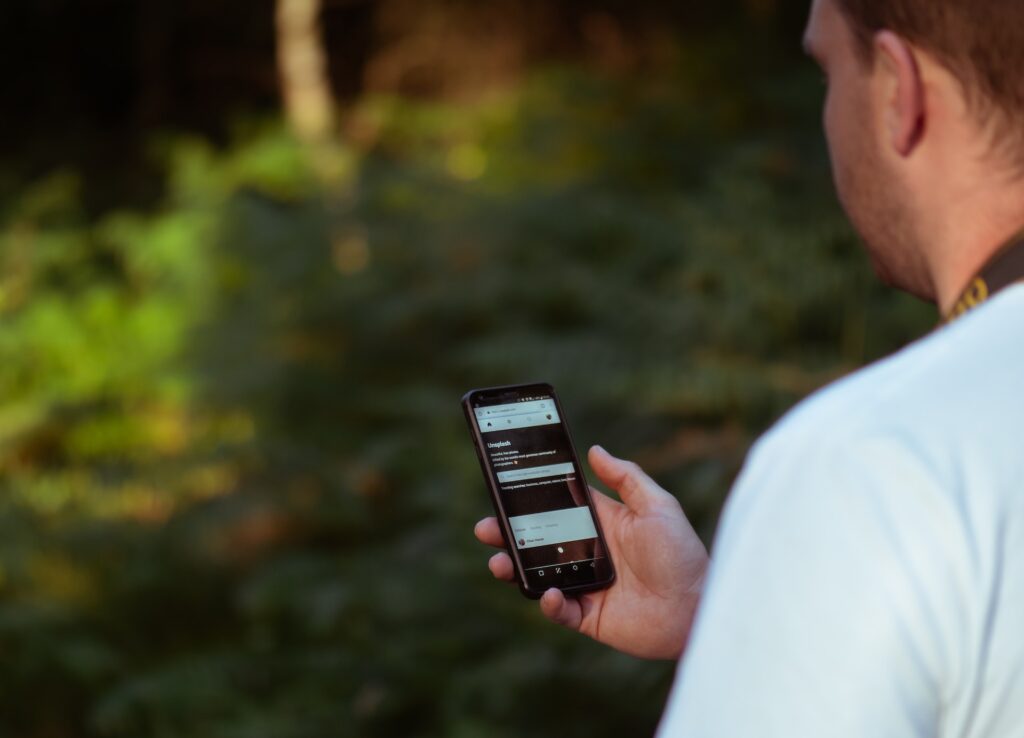
Mindless Scrolling and Time Consumption
A. Time-Well-Spent Movement
The Time-Well-Spent movement advocates for intentional technology use, promoting the idea that time spent on smartphones should enhance well-being rather than detract from it.
B. Setting Digital Boundaries
Establishing boundaries for smartphone usage, both in terms of time and activities, is essential for regaining control over one’s time and attention.
C. Mindful Consumption Habits
Adopting mindful consumption habits involves actively choosing when and how to engage with smartphones, fostering a healthier relationship with digital devices.
Digital Detox: Myth or Necessity
A. The Need for Unplugging
The concept of a digital detox acknowledges the necessity of unplugging from the digital world periodically to rejuvenate the mind and reduce reliance on constant connectivity.
B. Strategies for a Digital Detox
Practical strategies, such as designated screen-free periods and purposeful disconnection, aid in successfully implementing a digital detox.
C. Balancing Connectivity and Mental Health
Achieving a balance between staying connected and safeguarding mental health requires conscious effort and a willingness to prioritize well-being over digital engagement.
Smartphone Addiction as a Behavioral Disorder
A. Recognizing the Signs
Identifying signs of smartphone addiction, such as excessive screen time, withdrawal symptoms, and neglect of real-life responsibilities, is crucial for early intervention.
B. Seeking Professional Help
Acknowledging the severity of smartphone addiction may necessitate seeking professional help, emphasizing the importance of mental health support in the digital age.
C. Technological Intervention Solutions
The development and adoption of technological solutions, such as apps that track and limit screen time, contribute to the prevention and treatment of smartphone addiction.
Corporate Responsibility
A. Ethical Design Practices
Tech companies bear a responsibility to design products ethically, considering the potential impact on users’ mental health and well-being.
B. Social Media Platforms and Mental Health
Social media platforms, as influential players in the digital landscape, should prioritize user well-being over maximizing engagement metrics.
C. The Role of Legislation in Tech Ethics
Legislation plays a crucial role in holding tech companies accountable for their products’ impact on mental health, necessitating the development of ethical guidelines.
Parenting in the Digital Age
A. Educating Children on Smartphone Use
Guiding children in responsible smartphone use involves instilling digital literacy and fostering an awareness of the potential pitfalls of excessive screen time.
B. Balancing Screen Time
Establishing healthy screen time limits for children is essential for their cognitive development and overall well-being.
C. Setting Healthy Examples
Parents play a pivotal role in modeling healthy smartphone habits, serving as examples for their children to emulate.
Mindful App Usage
A. App Usage Tracking
Utilizing app usage tracking features empowers users to monitor and manage their screen time, fostering a more intentional and mindful approach to smartphone usage.
B. Mindful Gaming and Entertainment
Engaging with entertainment apps and games mindfully involves balancing enjoyment with an awareness of time spent, preventing excessive and unproductive screen time.
C. Apps for Mental Well-being
The proliferation of mental health apps provides valuable tools for individuals seeking to enhance their well-being, offering features such as meditation, stress management, and digital well-being tracking.
Technological Evolution and Human Adaptation
A. Adapting to Evolving Technologies
As technology continues to evolve, individuals must adapt mindfully, recognizing the impact of new innovations on their mental and emotional well-being.
B. Cultivating Digital Resilience
Building digital resilience involves developing the capacity to navigate the digital landscape with a sense of empowerment, balance, and self-awareness.
C. Human-Technology Symbiosis
Striking a harmonious balance between human needs and technological advancements fosters a symbiotic relationship, where technology enhances rather than detracts from our lives.
The Future of Digital Mindfulness
A. Emerging Technologies for Mental Well-being
The integration of emerging technologies, such as artificial intelligence and virtual reality, holds promise for the development of innovative solutions to promote mental well-being in the digital age.
B. Integrating Mindfulness in Design
Future technological developments should prioritize the integration of mindfulness principles into design, fostering products that enhance rather than compromise mental health.
C. Personal Responsibility in a Connected World
Ultimately, as we navigate the ever-evolving landscape of digital connectivity, the onus is on individuals to assume responsibility for their relationship with smartphones, ensuring that it enriches rather than hijacks their minds.
Conclusion
A. Acknowledging the Power of Awareness
In the intricate dance between humans and smartphones, the power of awareness emerges as the key to regaining control over our minds and fostering a healthy relationship with technology.
B. Balancing Connectivity and Mental Health
Striking a delicate balance between connectivity and mental health involves conscious choices, setting boundaries, and embracing a mindful approach to smartphone usage.
As we navigate the digital landscape, let us do so with intention, cultivating a harmonious relationship with technology that enhances our lives without compromising the well-being of our minds.
FAQs:
Do phones hijack our minds?
Absolutely! Dive into the blog post “How Smartphones Hijack Our Minds: Smartphone Addiction” to unravel the mind-bending ways phones stealthily seize our attention.
How smartphones hijack our minds main points?
“How Smartphones Hijack Our Minds: Smartphone Addiction” covers key points like dopamine-driven addiction, design tactics, and the social media spiral. Get ready for a digital revelation!
How using smartphone affects people’s behavior?
Explore the intricate relationship between smartphone usage and behavior in “How Smartphones Hijack Our Minds: Smartphone Addiction.” It’s a deep dive into the psyche of the digital era.
Are smartphones stealing our habits?
Yes, indeed! “How Smartphones Hijack Our Minds: Smartphone Addiction” spills the beans on how smartphones sneakily become accomplices in stealing and shaping our daily habits.
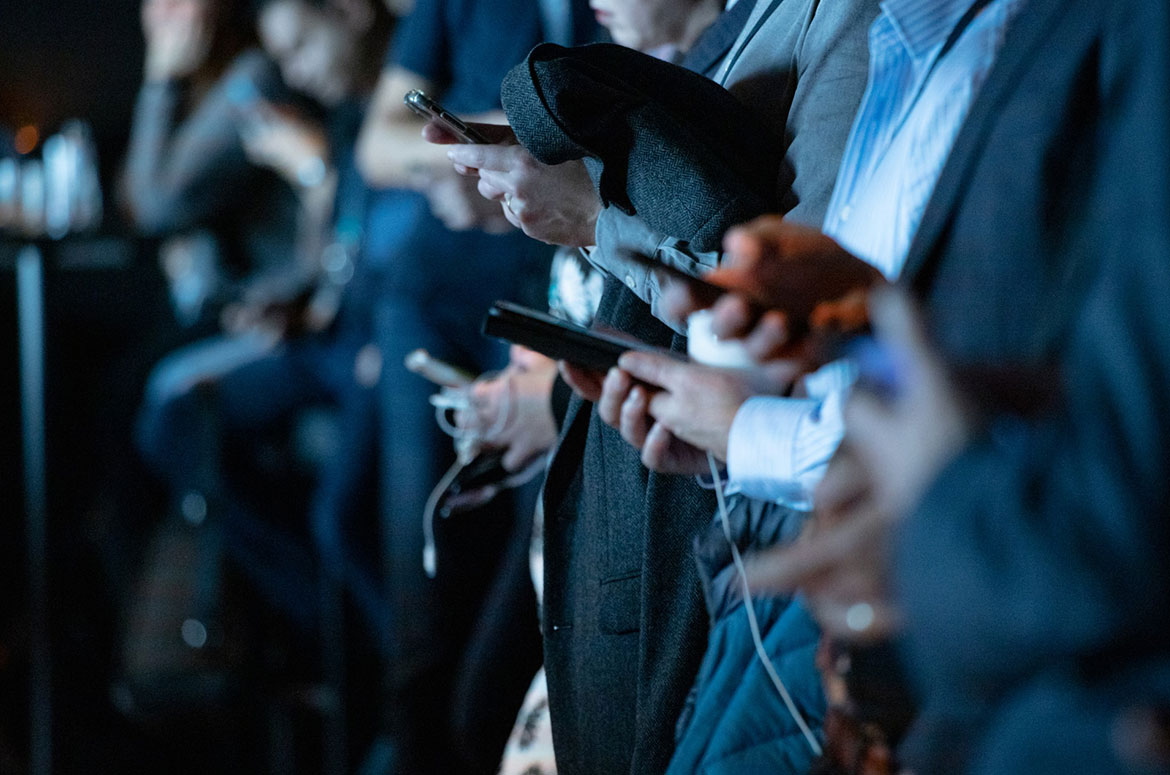
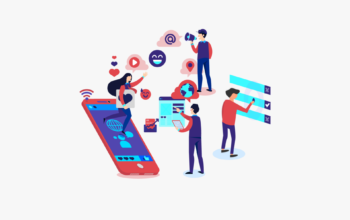
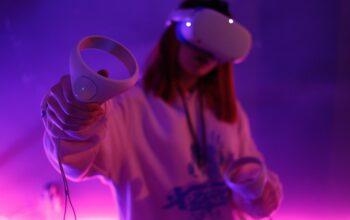
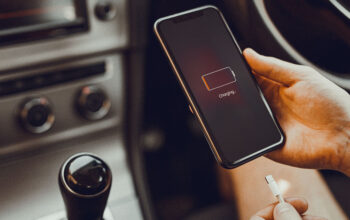
One thought on “How Smartphones Hijack Our Minds: Smartphone Addiction”